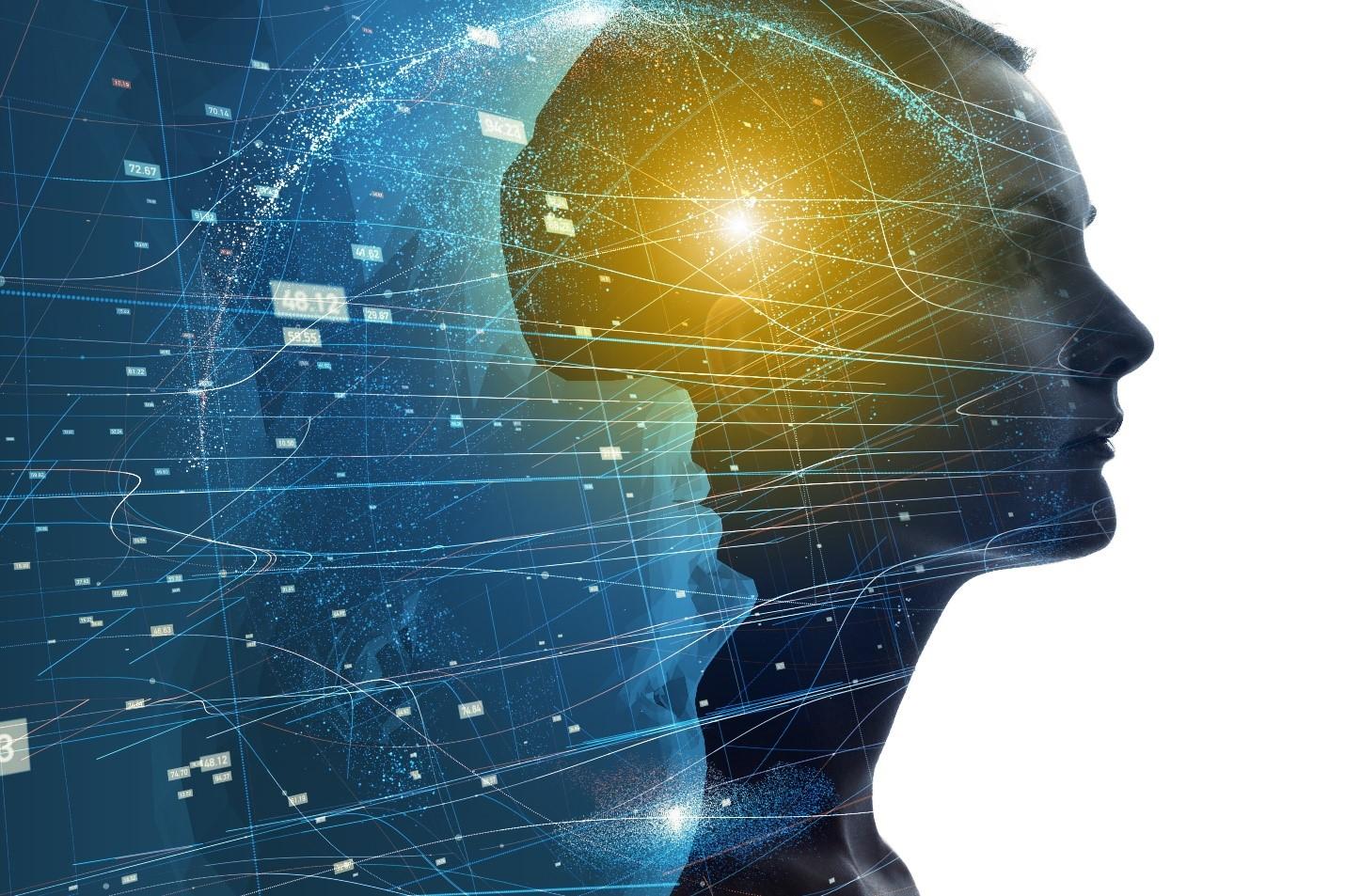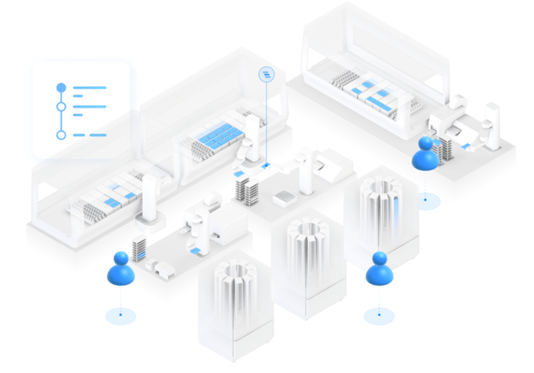By orchestrating both the manual and automated processes into one easy-to-use software, labs now have a faster path to reproducible and reliable operations. Additional digital capabilities can be achieved by augmenting the interface of the Digital Twin with mixed reality glasses for hands-free process visualization.
IoT Enabled Automation Powers Remote Work
As organizations around the globe continue to seek a ‘new normal’ in the wake of the recent pandemic, remote work requirements continue to inform the need for virtual accessibility to laboratory and business systems. This increased digital demand is not only critical to safety measures for employees but is also a technological enabler for evolving business practices, productivity enhancements and work-life balance adjustments to include remote work.
The laboratory environment continues to become more complex with the introduction of data intensive analytics, robotics, artificial intelligence based applications, and IoT enabled devices that create an endless world of technological advancement but can also leave siloed systems and inaccessible data in their wake that hinder workflow digitization. While robotics serve to automate individual or multiple processes, they can be intimidating to use, contain multiple interfaces, and require advanced skill sets for system operation. When considering the entire ecosystem of automated and manual equipment within the laboratory, managing the complete workflow becomes a challenging task.
Artificial’s Digital Twin technology allows scientists to easily automate these workflows and transform them into a world of remote laboratory management. Artificial provides connection and access across an entire lab including access to non-integrated processes such as the multitude of manual processes within any workflow. By doing so, Artificial establishes a seamless software platform to achieve full laboratory automation and remote operation that is enhanced via a lab’s Digital Twin. The cloud-based platform further allows for access from any device including iPad, iPhone, Mac, PC and other IoT enabled computing interfaces. Remote work is now possible from any location, at any time for all laboratory personnel.
Summary
To build the lab of the future, labs need the ability to connect enabling technologies into an automated, seamless workflow. Artificial’s universal platform that connects and orchestrates an entire lab’s hardware and software across all of the lab’s processes, including manual tasks, will enable organizations to leverage automation sooner and more easily than before. Digital Twin and IoT technology further enables remote operation of any laboratory function that promotes productivity and sets up your organization for deciding the future of remote work. By bringing robotics, automation, data and people together on a single easy-to-use platform, labs are now empowered to go from scientific intent to reliable results faster and more efficiently.
Why it Matters for You
Current automation solutions are siloed and difficult to use, making it time-consuming for labs to easily adopt and scale their automation. Utilizing Digital Twin and IoT technology to automate your laboratory operations will enable digital transformation in the following ways:
- Creating a contextualized Digital Twin of your laboratory allows you to easily translate your scientific protocols into automated workflows that also link instructions to each device.
- Scheduling both manual and automated tasks into a single workflow allows you to optimize each run to account for labor utilization, available materials, storage, costs and time.
- Consolidating the data records of your run, including scientific results, sample information and equipment logs, allow you to gain real time insights into your operations.
- Using Artificial will increase productivity and enable remote work by allowing teams to work from anywhere, anytime, from any device.
About Astrix
For over 25 years, Astrix has been a market-leader in dedicated digital transformation & staffing services for science-based businesses. Through our proven laboratory informatics, digital quality & compliance, and scientific staffing services we deliver the highly specialized people, processes, and technology to fundamentally transform how science-based businesses operate. Astrix was founded by scientists to solve the unique challenges which science-based businesses face in the laboratory and beyond. We’re dedicated to helping our clients speed & improve scientific outcomes to help people everywhere.
References
1IBM, ”What is a digital twin?”, What is a digital twin | IBM, accessed 8/31/2021.







